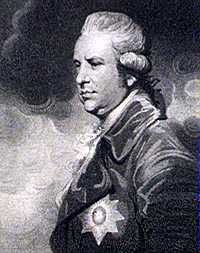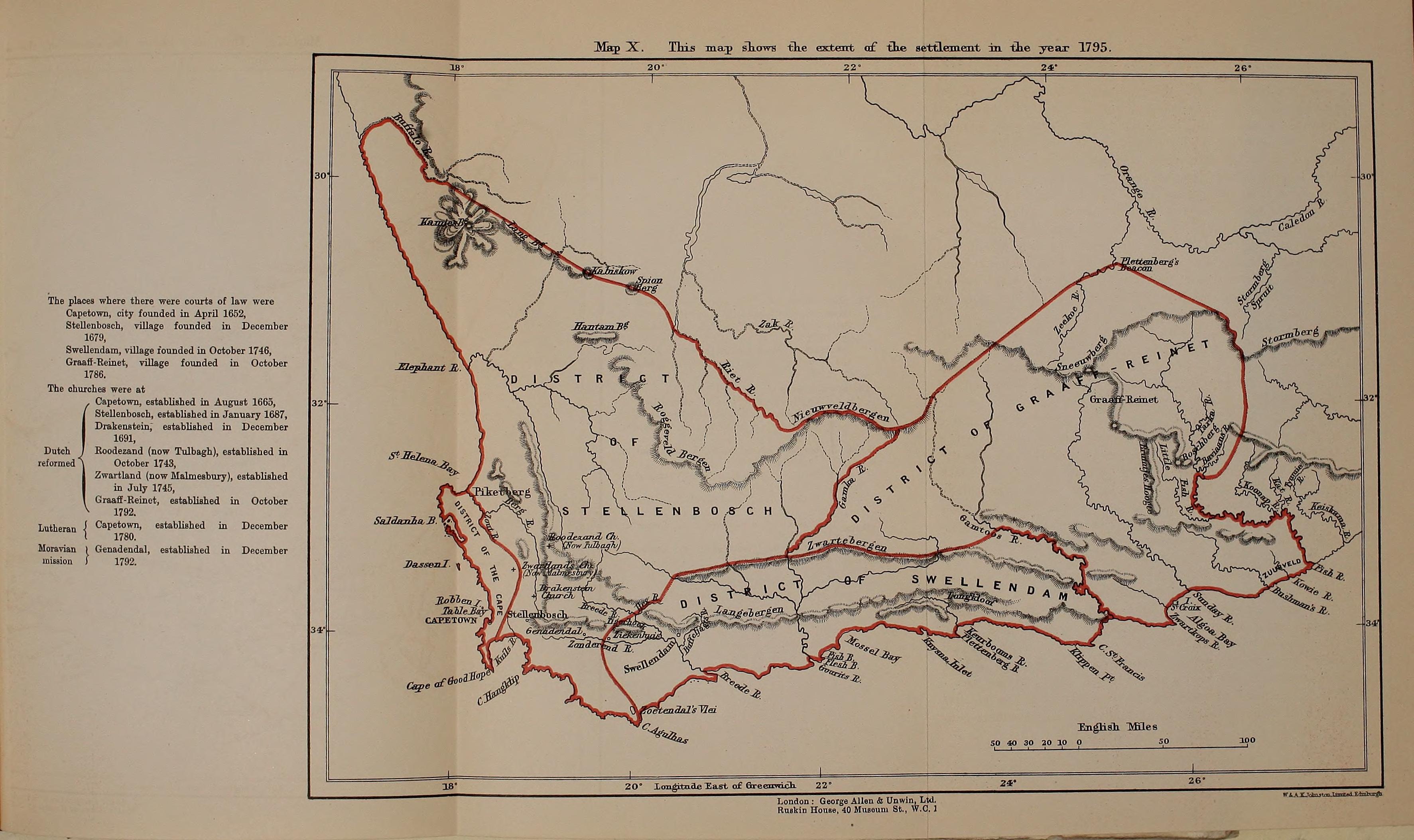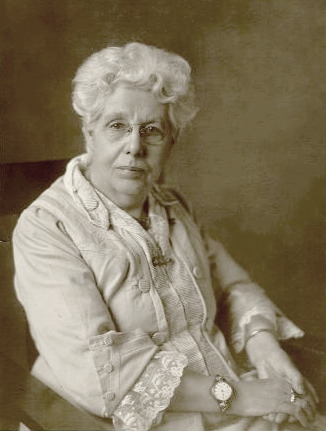|
Lord George Macartney
:''George Macartney should not be confused with Sir George Macartney, a later British statesman.'' George McCartney, 1st Earl McCartney (14 May 1737 – 31 May 1806), also spelt Macartney, was an Anglo-Irish statesman, colonial administrator and diplomat who served as the governor of Grenada, Madras and the British-occupied Cape Colony. He is often remembered for his observation following Britain's victory in the Seven Years' War and subsequent territorial expansion at the Treaty of Paris that Britain now controlled " a vast Empire, on which the sun never sets". Early years He was born in 1737 as the only son of George McCartney, High Sheriff of Antrim and Elizabeth Winder. Macartney descended from a Scottish branch of the McCartney family whose ancestors originated in Ireland and were granted land in Scotland for serving under Edward Bruce, Robert the Bruce's brother. The Macartneys of Auchenleck, Kirkcudbrightshire settled in Lissanoure County Antrim, Ireland, where ... [...More Info...] [...Related Items...] OR: [Wikipedia] [Google] [Baidu] |
George Macartney (British Consul)
:''Sir George Macartney should not be confused with his kinsman George Macartney, an earlier British statesman.'' Sir George McCartney () (19 January 1867 –19 May 1945), generally recorded as Macartney, was the British consul-general in Kashgar at the end of the 19th century. He was succeeded by Percy T. Etherton. Macartney arrived in Xinjiang in 1890 as interpreter for the Younghusband expedition. He remained there until 1918. Macartney first proposed the Macartney-MacDonald Line as the boundary between China and India in Aksai Chin. Macartney was born at Nanjing and was half-Chinese while his godfather was Chinese politician Li Hongzhang. His father, Halliday Macartney, was a member of the same family as George Macartney, the 18th century British ambassador to China, and his mother was a near relative of Lar Wang, one of the leaders of the Taiping rebellion. Macartney married Catherine Borland in 1898. In Kashgar his wife, Catherine, Lady Macartney, assiste ... [...More Info...] [...Related Items...] OR: [Wikipedia] [Google] [Baidu] |
Abraham Josias Sluysken
Abraham Josias Sluysken (3 December 1736, Deventer - 18 January 1799, The Hague) was the last Governor of the Dutch Cape Colony before British occupation in 1795. Sluysken was born in the Netherlands, and in 1765 became governor of the Dutch trading colony of Surat on the northwest coast of India. He was sent to the Cape in 1793. With his eye on defense in the case of a possible French French (french: français(e), link=no) may refer to: * Something of, from, or related to France ** French language, which originated in France, and its various dialects and accents ** French people, a nation and ethnic group identified with Franc ... attack, Sluysken commissioned the construction of a few small forts at Simon's Town in 1794. The following year, the citizens of Swellendam and Graaff-Reinet revolted and declared their independence from the Cape. At the same time British ships attack the Cape, and while Sluysken attempted to defend the colony against invasion, he had to surre ... [...More Info...] [...Related Items...] OR: [Wikipedia] [Google] [Baidu] |
Kirkcudbrightshire
Kirkcudbrightshire ( ), or the County of Kirkcudbright or the Stewartry of Kirkcudbright is one of the historic counties of Scotland, covering an area in the south-west of the country. Until 1975, Kirkcudbrightshire was an administrative county used for local government. Since 1975, the area has formed part of Dumfries and Galloway for local government purposes. Kirkcudbrightshire continues to be used as a registration county for land registration. A lower-tier district called Stewartry covered the majority of the historic county from 1975 to 1996. The area of Stewartry district is still used as a lieutenancy area. Dumfries and Galloway Council also has a Stewartry area committee. Kirkcudbrightshire forms the eastern part of the medieval lordship of Galloway, which retained a degree of autonomy until it was fully absorbed by Scotland in the 13th century. In 1369, the part of Galloway east of the River Cree was placed under the control of a steward based in Kirkcudbright and so t ... [...More Info...] [...Related Items...] OR: [Wikipedia] [Google] [Baidu] |
Edward Bruce
Edward Bruce, Earl of Carrick ( Norman French: ; mga, Edubard a Briuis; Modern Scottish Gaelic: gd, Eideard or ; – 14 October 1318), was a younger brother of Robert the Bruce, King of Scots. He supported his brother in the 1306–1314 struggle for the Scottish crown, then pursued his own claims in Ireland. Proclaimed High King of Ireland in 1315 and crowned in 1316, he was eventually defeated and killed by Anglo-Irish forces of the Lordship of Ireland at the Battle of Faughart in County Louth. Early life Edward was one of five sons of Robert de Brus and Marjorie, Countess of Carrick, but the order is uncertain. Robert the Bruce was the eldest; in the past there was some dispute over whether Edward was second, or third behind Nigel, but one recent account has him fourth behind Nigel and Alexander. His date of birth is unknown, but it was probably not very long after Robert was born in 1274; he was old enough to be fighting in 1307 and to be given an independent command ... [...More Info...] [...Related Items...] OR: [Wikipedia] [Google] [Baidu] |
McCartney (surname)
McCartney () is a surname. Notable people with the surname include: * Paul McCartney (born 1942), English singer/songwriter with bands The Beatles and Wings ** Mike McCartney (born 1944), Paul McCartney's brother, singer and photographer ** Linda McCartney (1941–1998), American musician and photographer, Paul McCartney's first wife ** Heather McCartney (born 1962), Linda McCartney's daughter, adopted by Paul McCartney ** Mary McCartney (born 1969), British photographer, Paul and Linda McCartney's daughter ** Stella McCartney (born 1971), British fashion designer, Paul and Linda McCartney's daughter ** James McCartney (born 1977), British musician, Paul and Linda McCartney's son ** John McCartney, fictional grandfather of Paul McCartney, played by Wilfrid Brambell in ''A Hard Day's Night'' (film) * Andrew McCartney, Scottish footballer * Bill McCartney (born 1940), American evangelist and former football coach * Billy McCartney (born 1947), Scottish footballer * Branville ... [...More Info...] [...Related Items...] OR: [Wikipedia] [Google] [Baidu] |
The Empire On Which The Sun Never Sets
The phrase "the empire on which the sun never sets" ( es, el imperio donde nunca se pone el sol) was used to describe certain global empires that were so extensive that it seemed as though it was always daytime in at least one part of its territory. The concept of an empire ruling all lands where the sun shines dates back to the ancient Egyptians, Mesopotamians, Persians, and Romans. In its modern form, it was first used for the Habsburg Empire of Charles V, who, as Duke of Burgundy, King of Spain, Archduke of Austria, and Holy Roman Emperor, attempted to build a universal monarchy. The term was then used for the Spanish Empire of Philip II of Spain and successors when the empire reached a global territorial size, particularly in the 16th, 17th and 18th centuries. It was used for the British Empire, mainly in the 19th and early 20th centuries, a period in which it reached a global territorial size. In the 20th century, the phrase has sometimes been adapted to refer to the global ... [...More Info...] [...Related Items...] OR: [Wikipedia] [Google] [Baidu] |
Treaty Of Paris (1763)
The Treaty of Paris, also known as the Treaty of 1763, was signed on 10 February 1763 by the kingdoms of Kingdom of Great Britain, Great Britain, Kingdom of France, France and Spanish Empire, Spain, with Kingdom of Portugal, Portugal in agreement, after Great Britain and Prussia's victory over France and Spain during the Seven Years' War. The signing of the treaty formally ended conflict between France and Great Britain over control of North America (the Seven Years' War, known as the French and Indian War in the United States), and marked the beginning of an era of British dominance outside Europe. Great Britain and France each returned much of the territory that they had captured during the war, but Great Britain gained much of France's possessions in North America. Additionally, Great Britain agreed to protect Roman Catholicism in the New World. The treaty did not involve Prussia and Habsburg monarchy, Austria as they signed a separate agreement, the Treaty of Hubertusburg, ... [...More Info...] [...Related Items...] OR: [Wikipedia] [Google] [Baidu] |
British Empire
The British Empire was composed of the dominions, colonies, protectorates, mandates, and other territories ruled or administered by the United Kingdom and its predecessor states. It began with the overseas possessions and trading posts established by England between the late 16th and early 18th centuries. At its height it was the largest empire in history and, for over a century, was the foremost global power. By 1913, the British Empire held sway over 412 million people, of the world population at the time, and by 1920, it covered , of the Earth's total land area. As a result, its constitutional, legal, linguistic, and cultural legacy is widespread. At the peak of its power, it was described as "the empire on which the sun never sets", as the Sun was always shining on at least one of its territories. During the Age of Discovery in the 15th and 16th centuries, Portugal and Spain pioneered European exploration of the globe, and in the process established large overse ... [...More Info...] [...Related Items...] OR: [Wikipedia] [Google] [Baidu] |
Seven Years' War
The Seven Years' War (1756–1763) was a global conflict that involved most of the European Great Powers, and was fought primarily in Europe, the Americas, and Asia-Pacific. Other concurrent conflicts include the French and Indian War (1754–1763), the Carnatic Wars and the Anglo-Spanish War (1762–1763). The opposing alliances were led by Great Britain and France respectively, both seeking to establish global pre-eminence at the expense of the other. Along with Spain, France fought Britain both in Europe and overseas with land-based armies and naval forces, while Britain's ally Prussia sought territorial expansion in Europe and consolidation of its power. Long-standing colonial rivalries pitting Britain against France and Spain in North America and the West Indies were fought on a grand scale with consequential results. Prussia sought greater influence in the German states, while Austria wanted to regain Silesia, captured by Prussia in the previous war, and to contain Pruss ... [...More Info...] [...Related Items...] OR: [Wikipedia] [Google] [Baidu] |
Great Britain In The Seven Years War
Great Britain was one of the major participants in the Seven Years' War, which in fact lasted nine years, between 1754 and 1763. British involvement in the conflict began in 1754 in what became known as the French and Indian War. However the warfare in the European theater involving countries other than Britain and France commenced in 1756 (hence the name "Seven Years' War"). Britain emerged from the war as the world's leading colonial power, having gained all of New France in North America, ending France's role as a colonial power there. Following Spain's entry in the war in alliance with France in the third Family Compact, Britain captured the major Spanish ports of Havana, Cuba and Manila, in the Philippines in 1762, and agreed to return them in exchange for Florida, previously controlled by Spain. The Treaty of Paris in 1763 formally ended the conflict and Britain established itself as the world's pre-eminent naval power. The war started poorly for Britain, which suffere ... [...More Info...] [...Related Items...] OR: [Wikipedia] [Google] [Baidu] |
Invasion Of The Cape Colony
The Invasion of the Cape Colony, also known as the Battle of Muizenberg, was a British military expedition launched in 1795 against the Dutch Cape Colony at the Cape of Good Hope. The Dutch colony at the Cape, established and controlled by the United East India Company in the seventeenth century, was at the time the only viable South African port for ships making the journey from Europe to the European colonies in the East Indies. It therefore held vital strategic importance, although it was otherwise economically insignificant. In the winter of 1794, during the French Revolutionary Wars, French troops entered the Dutch Republic, which was reformed into the Batavian Republic. In response, Great Britain launched operations against the Dutch Empire to use its facilities against the French Navy. The British expedition was led by Vice-Admiral Sir George Keith Elphinstone and sailed in April 1795, arriving off Simon's Town at the Cape in June. Attempts were made to negotiat ... [...More Info...] [...Related Items...] OR: [Wikipedia] [Google] [Baidu] |
Madras Presidency
The Madras Presidency, or the Presidency of Fort St. George, also known as Madras Province, was an administrative subdivision (presidency) of British India. At its greatest extent, the presidency included most of southern India, including the whole of the Indian states of Tamil Nadu, Andhra state and some parts of Kerala, Karnataka, Odisha and the union territory of Lakshadweep. The city of Madras was the winter capital of the Presidency and Ootacamund or Ooty, the summer capital. The coastal regions and northern part of Island of Ceylon at that time was a part of Madras Presidency from 1793 to 1798 when it was created a Crown colony. Madras Presidency was neighboured by the Kingdom of Mysore on the northwest, Kingdom of Cochin on the southwest, and the Kingdom of Hyderabad on the north. Some parts of the presidency were also flanked by Bombay Presidency ( Konkan) and Central Provinces and Berar (Madhya Pradesh). In 1639, the English East India Company purchased the vi ... [...More Info...] [...Related Items...] OR: [Wikipedia] [Google] [Baidu] |

.jpg)




